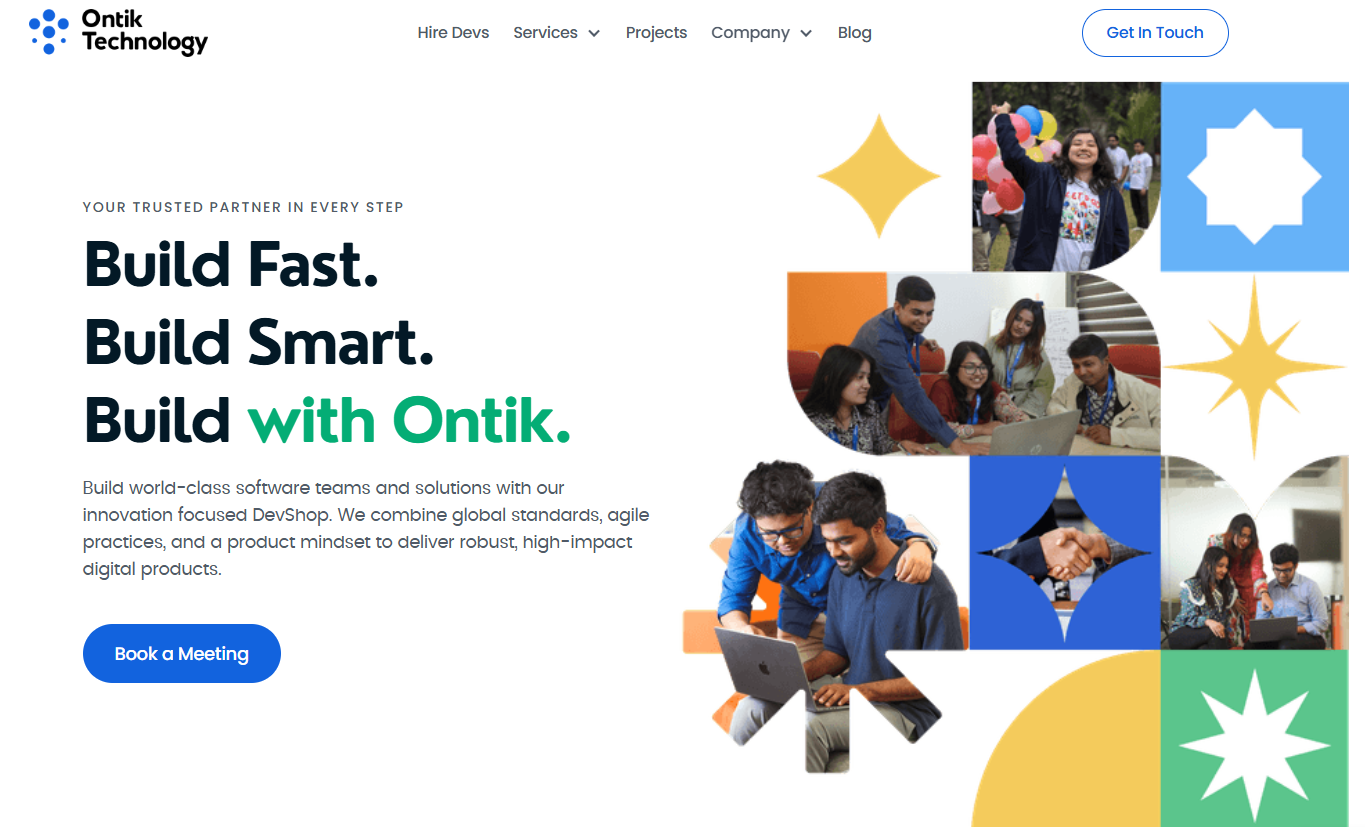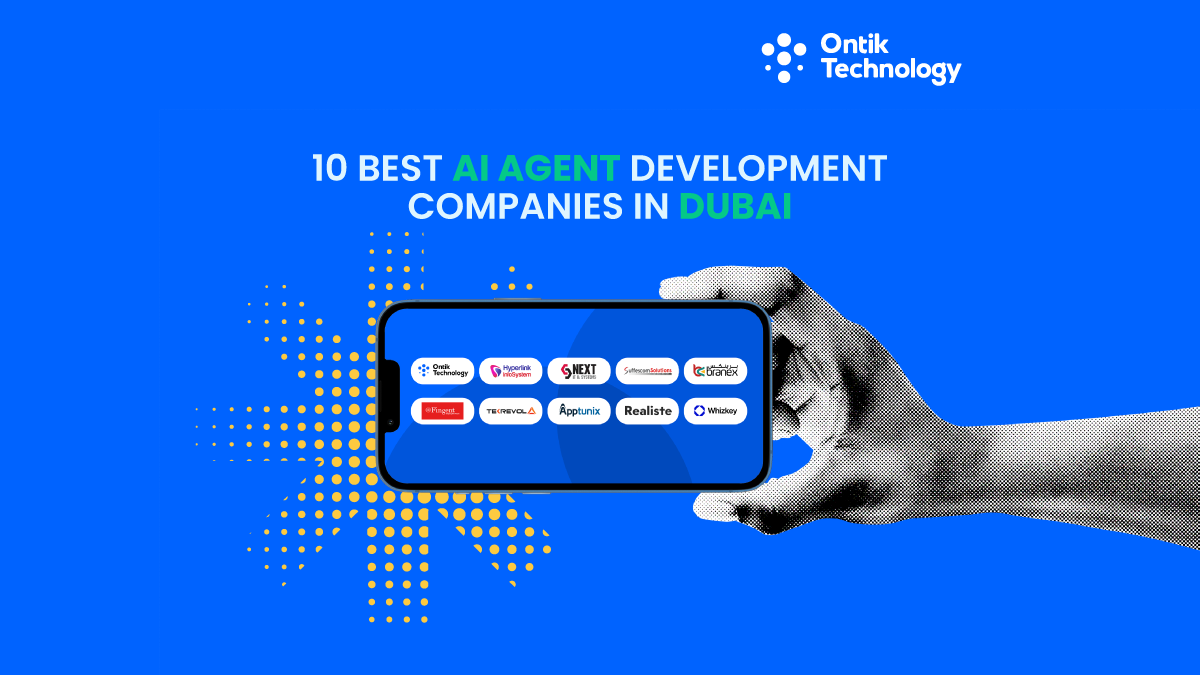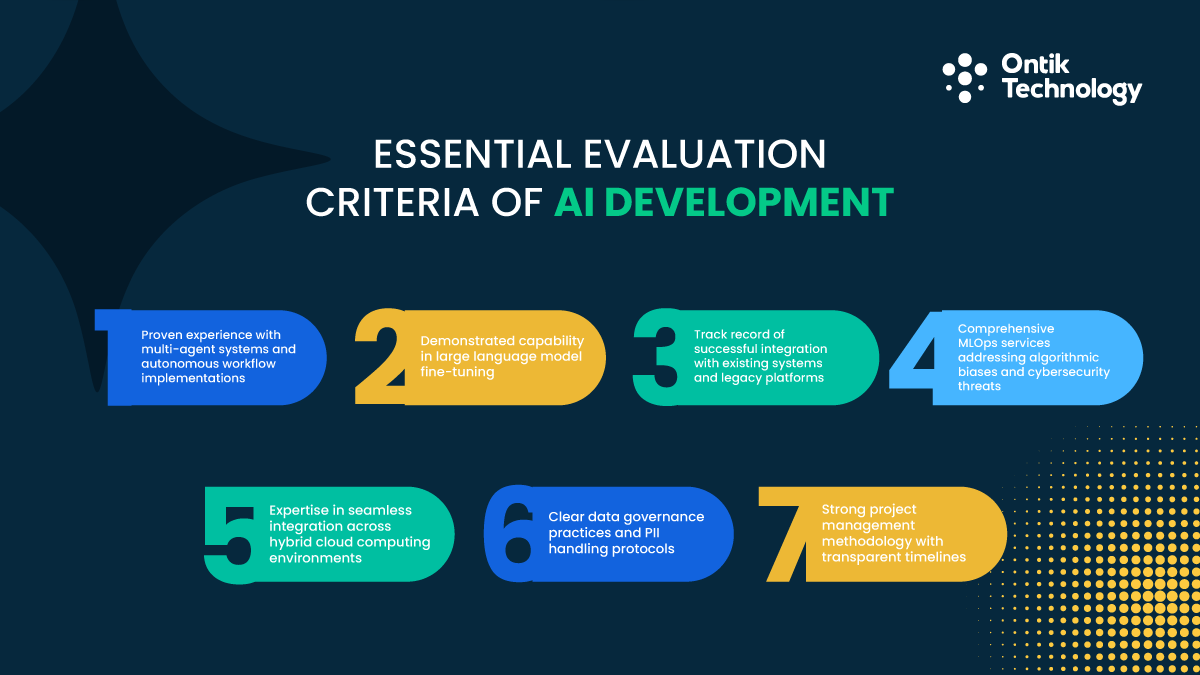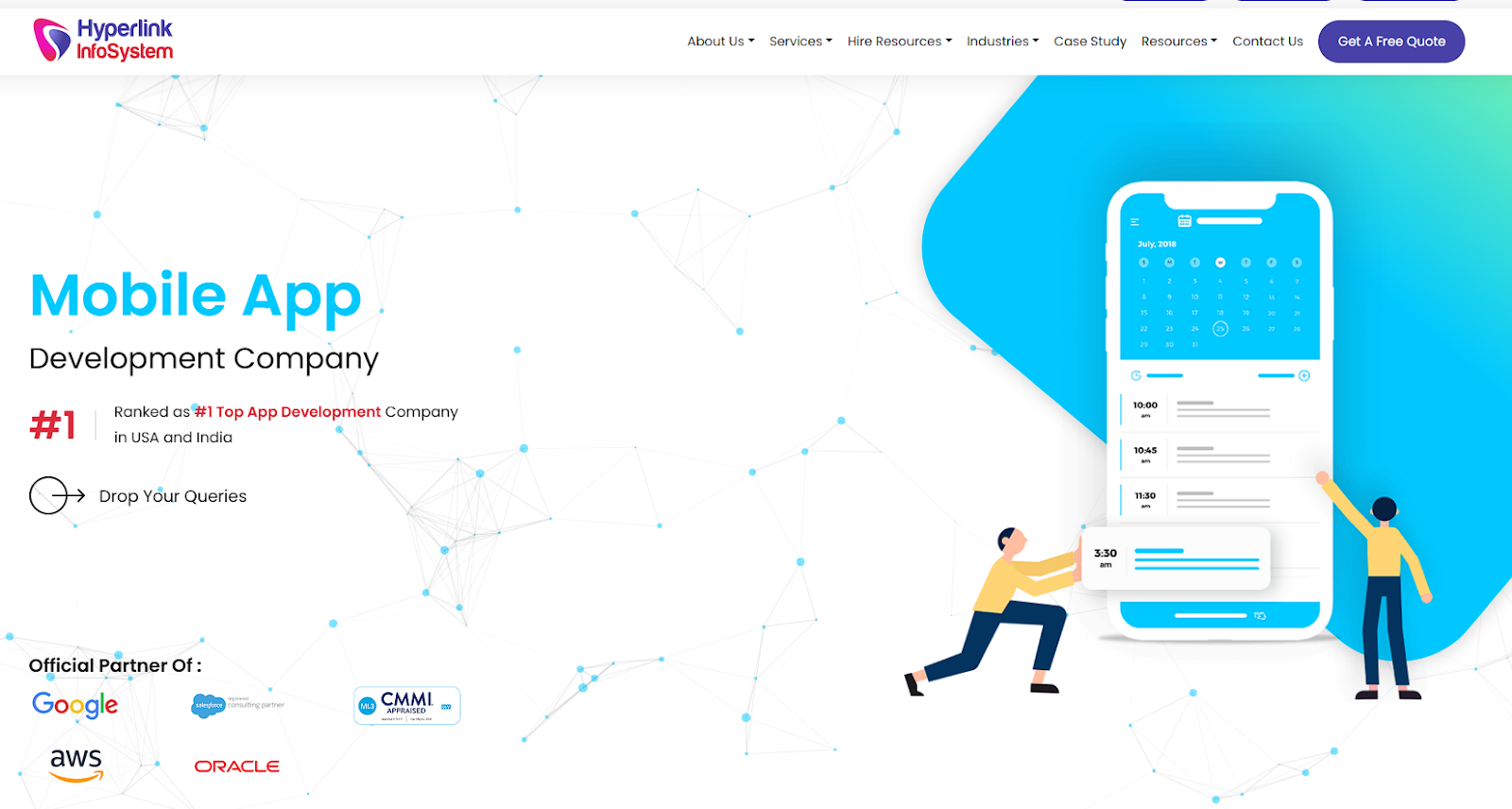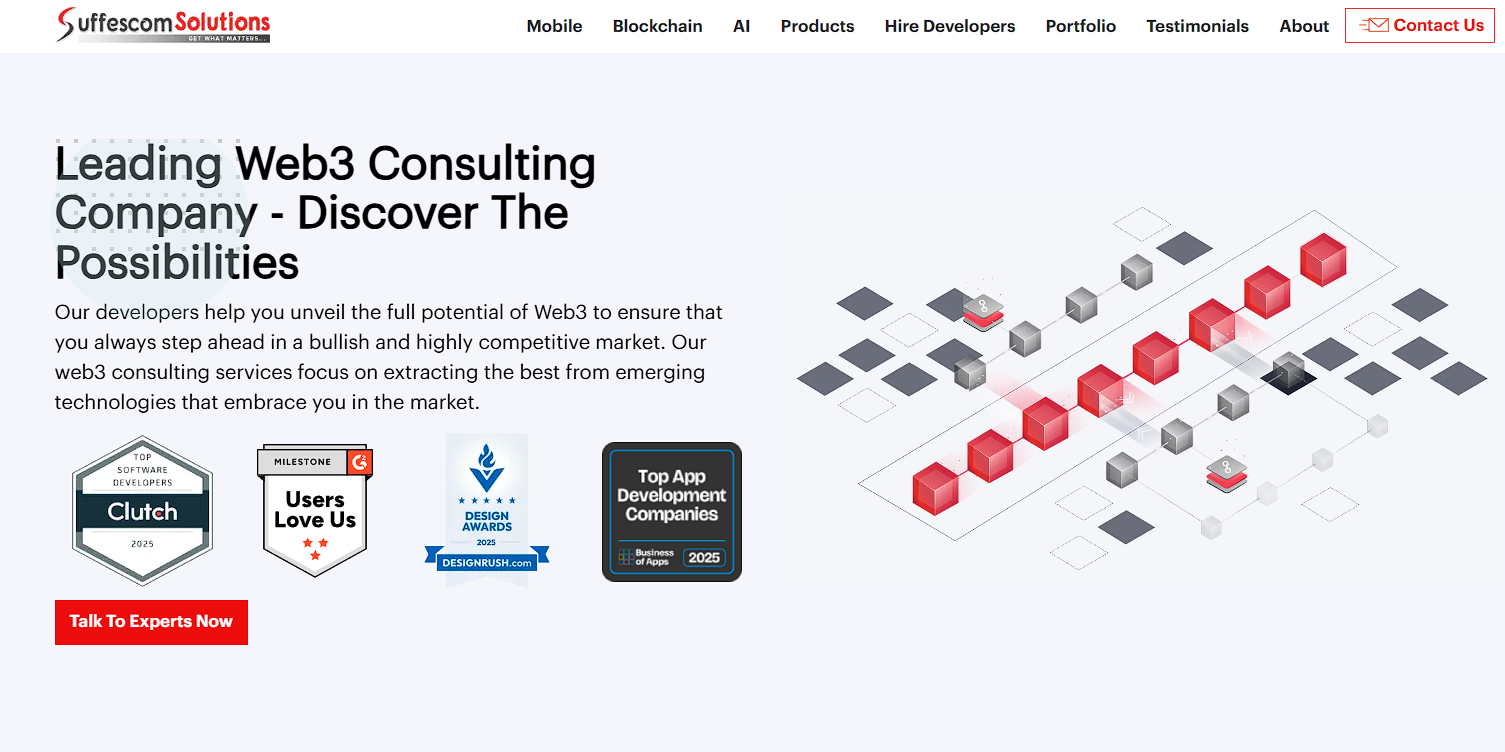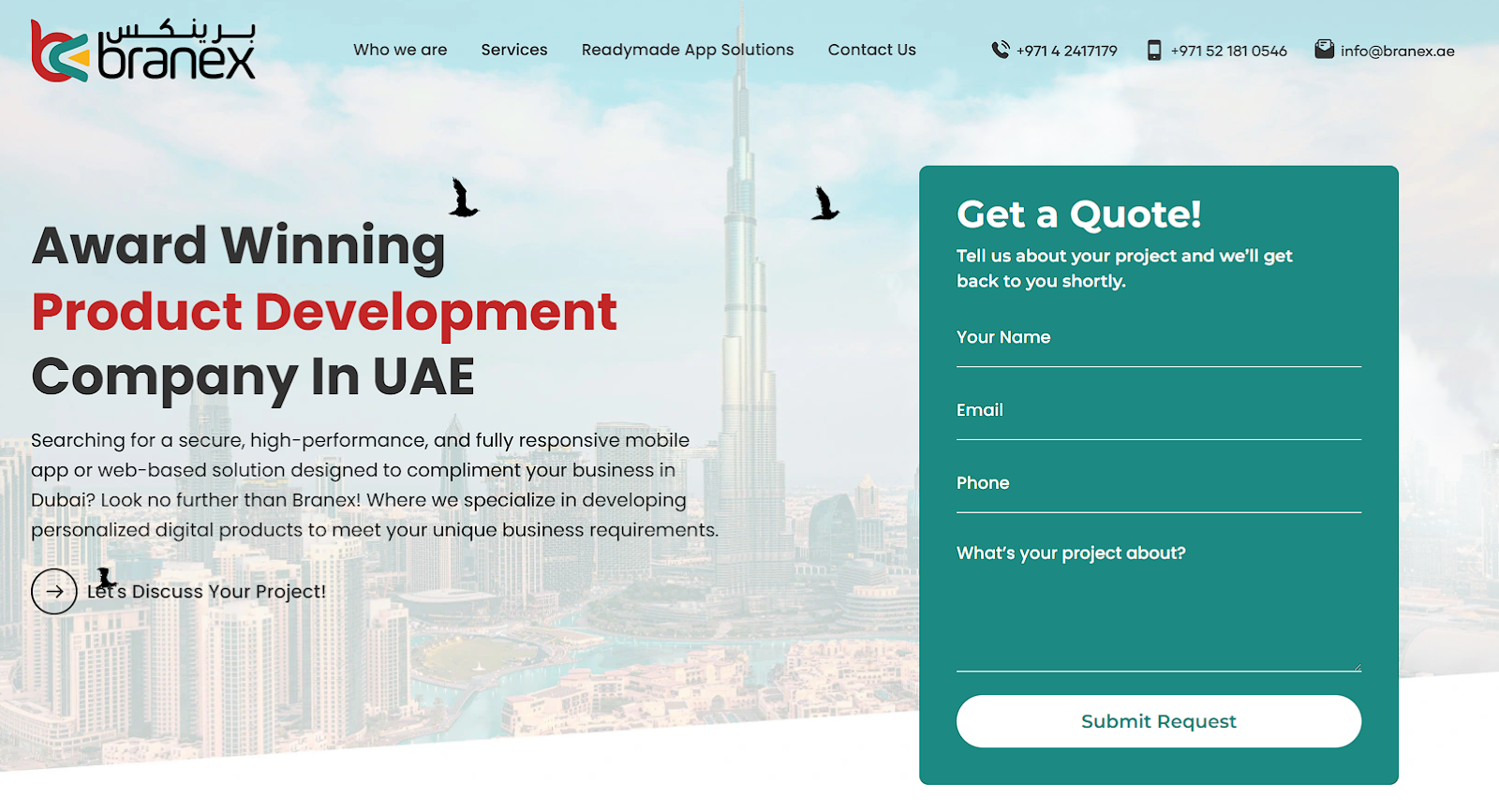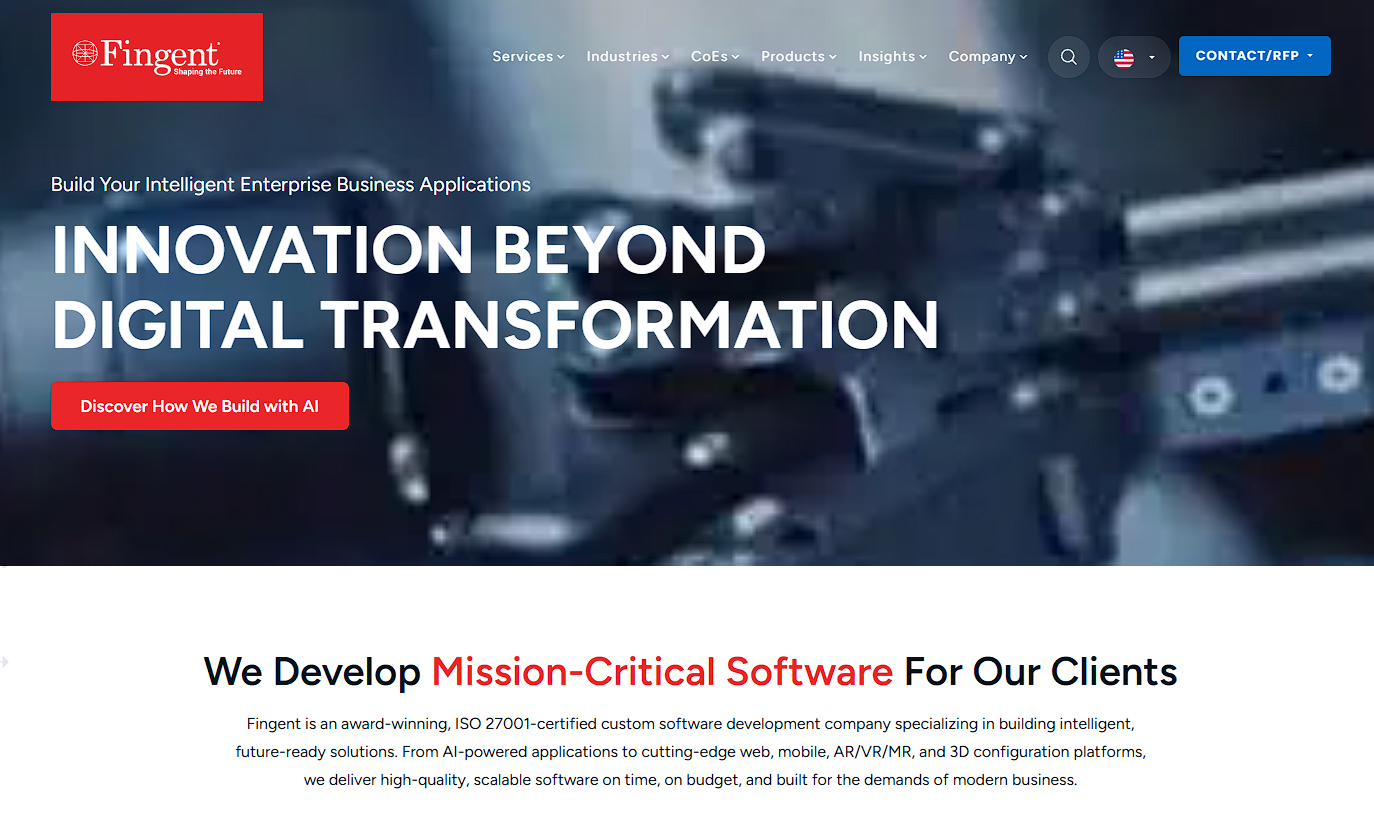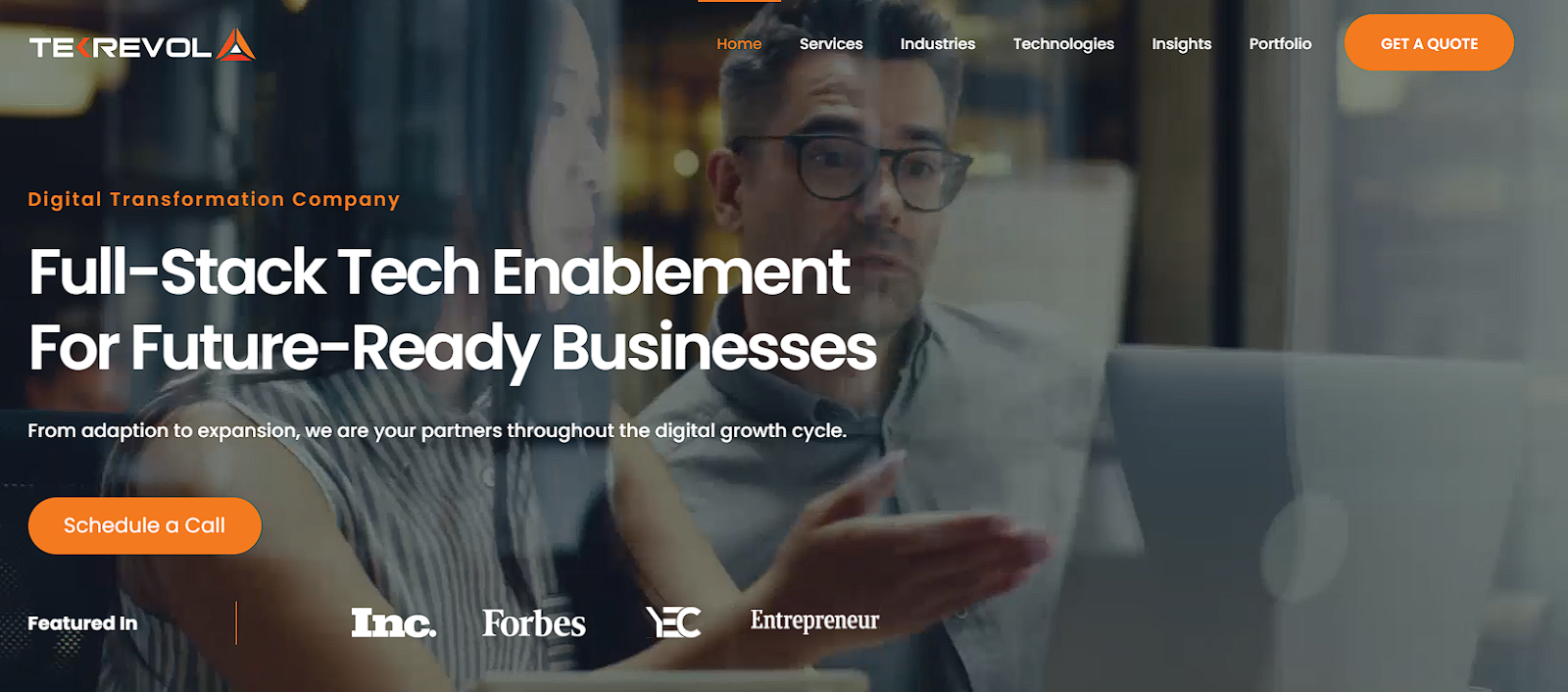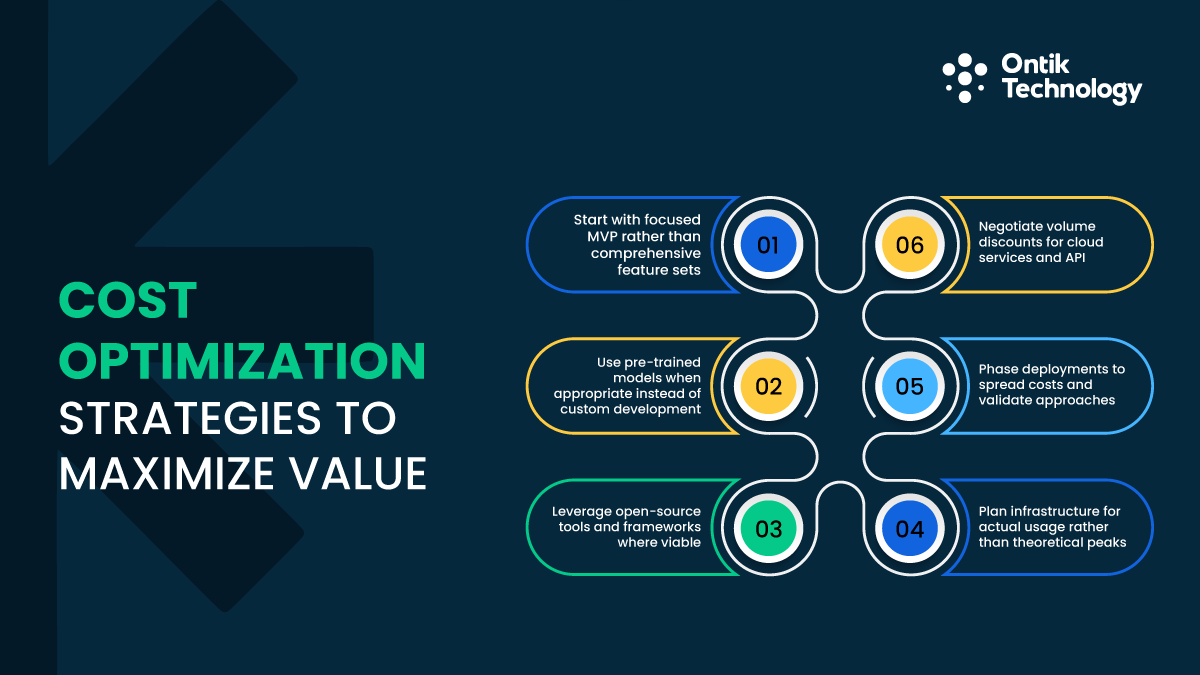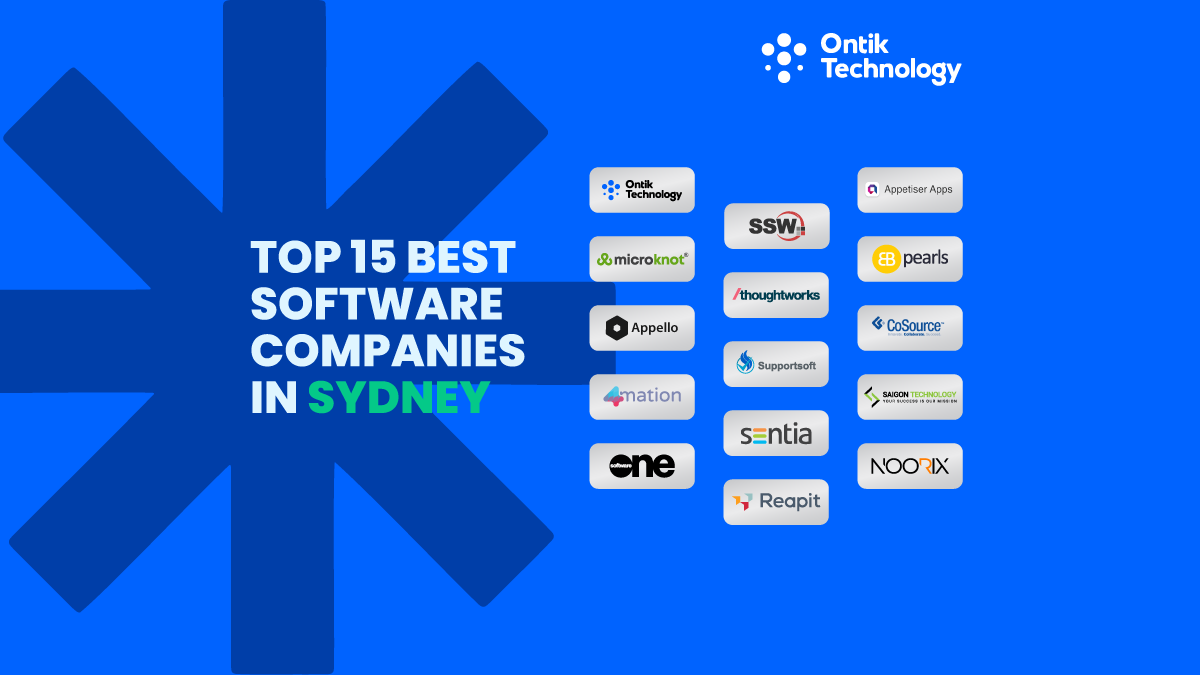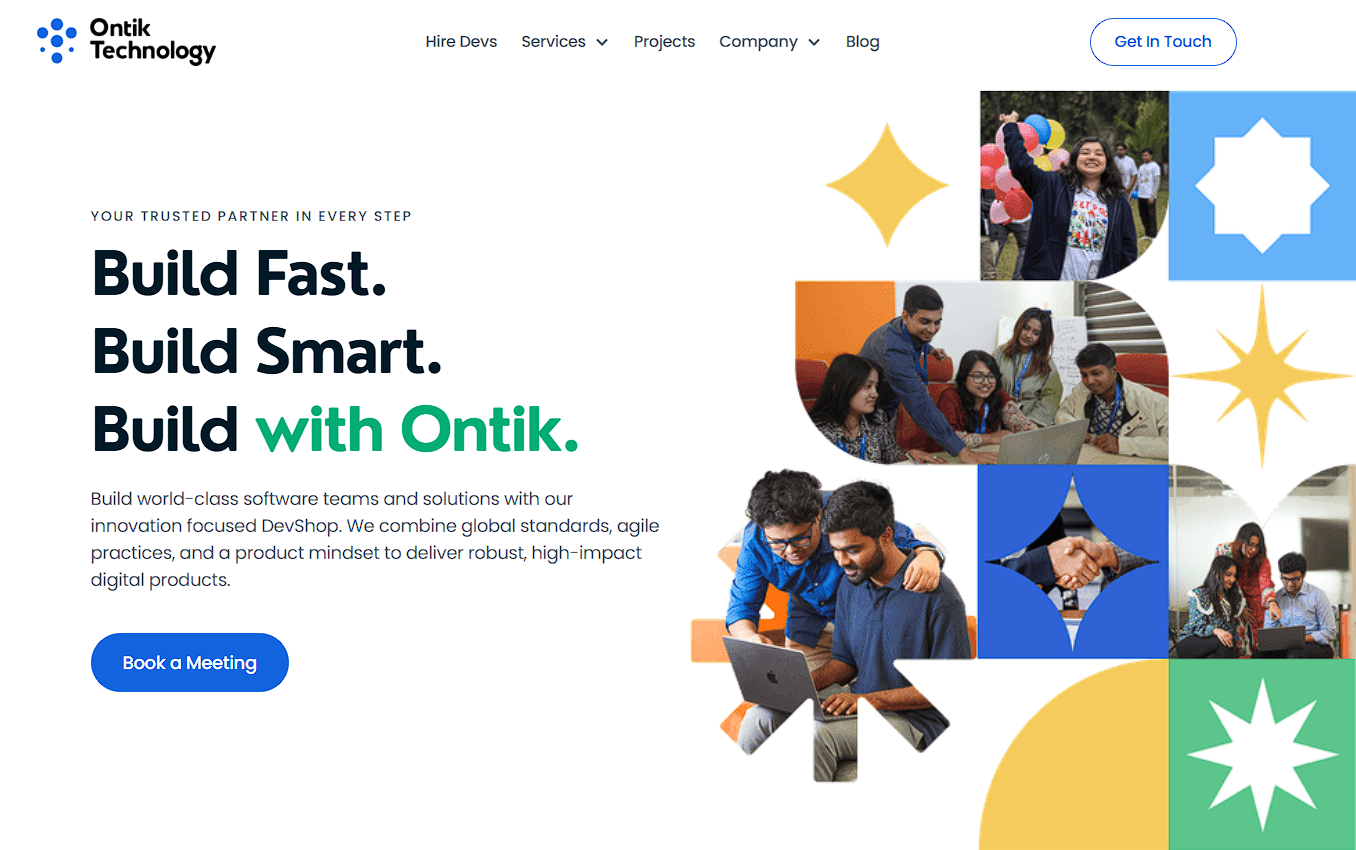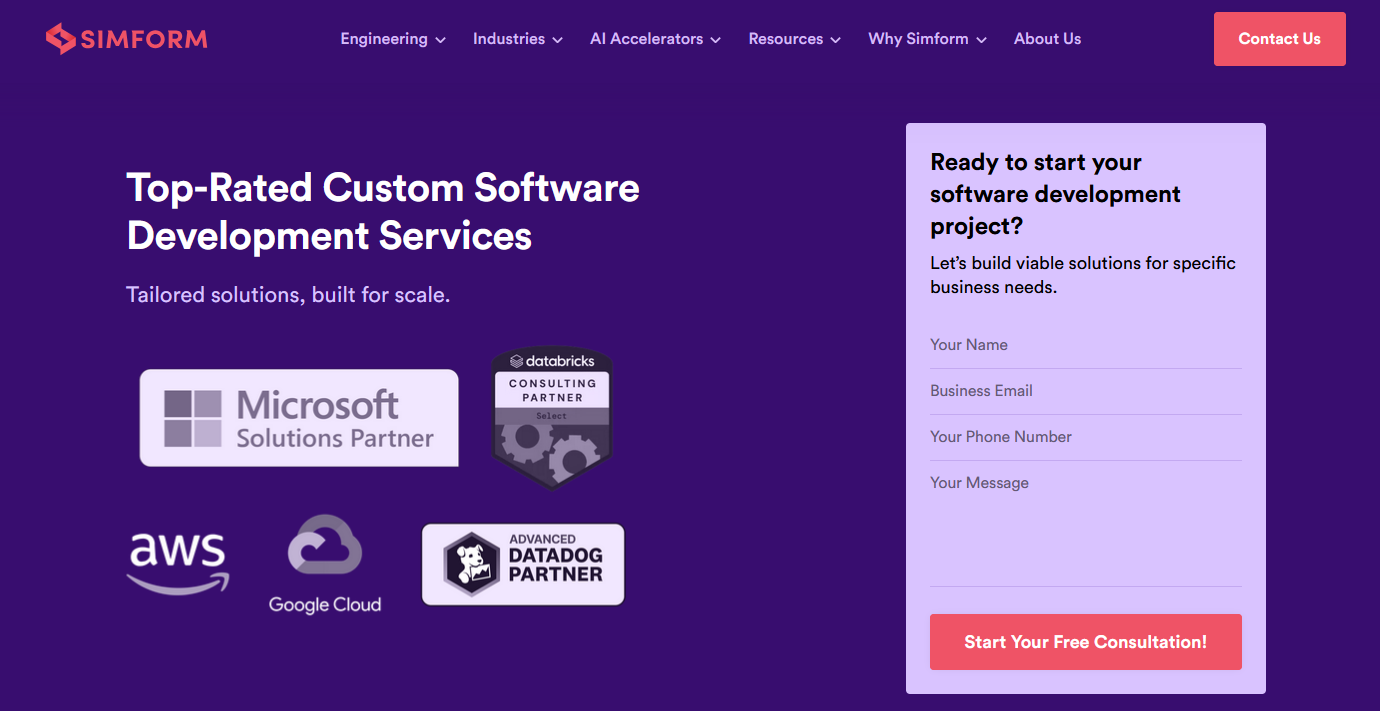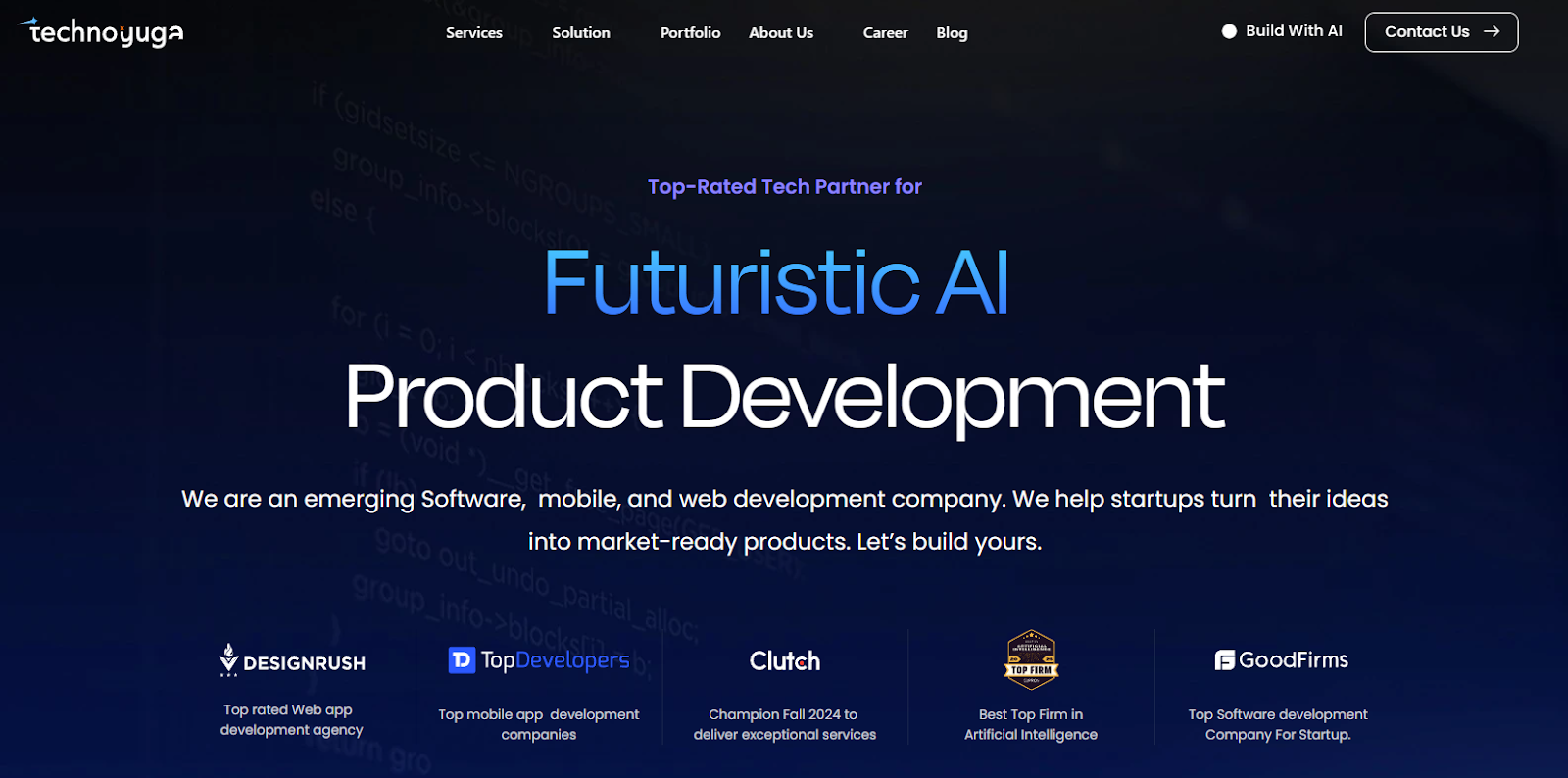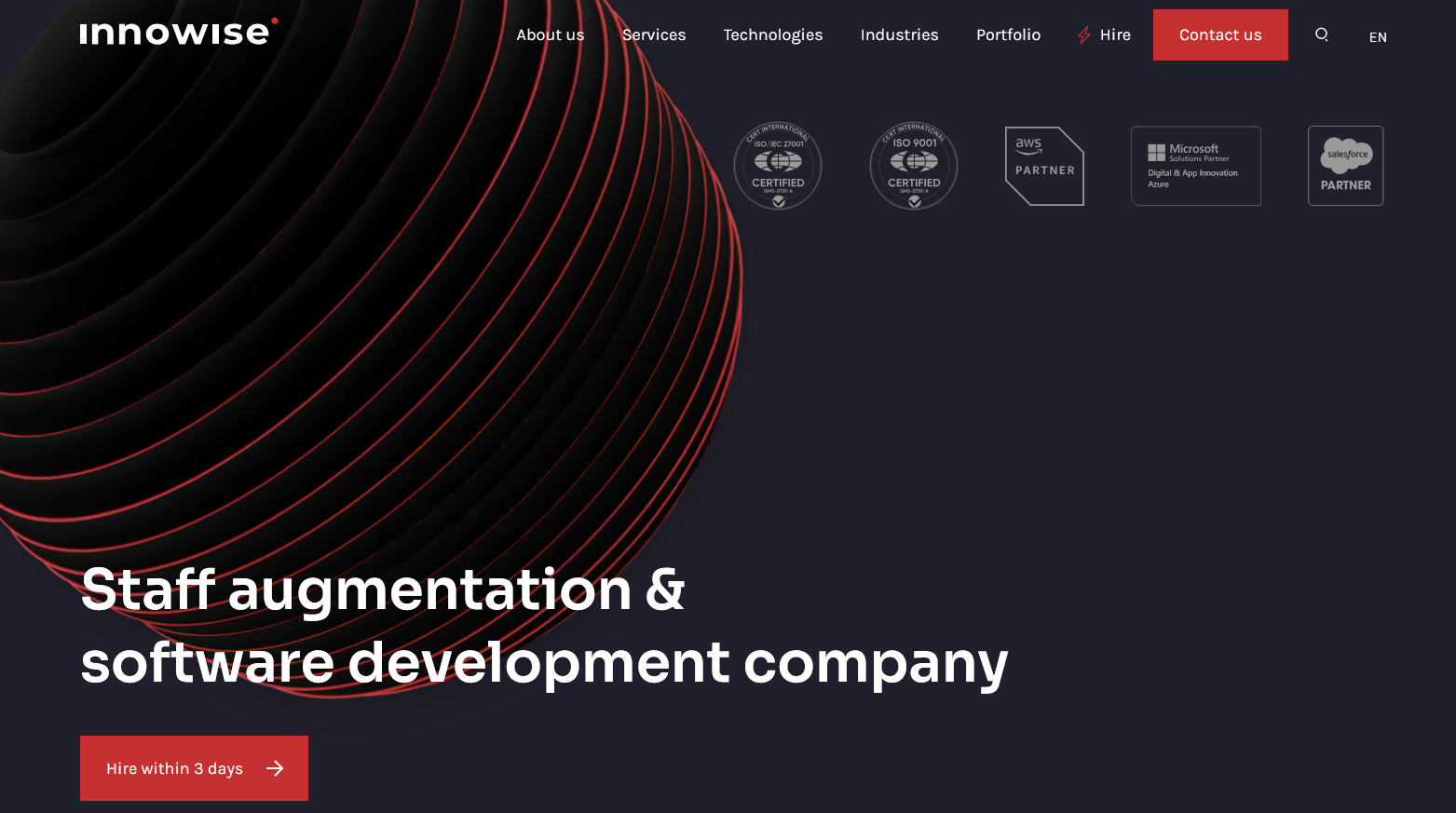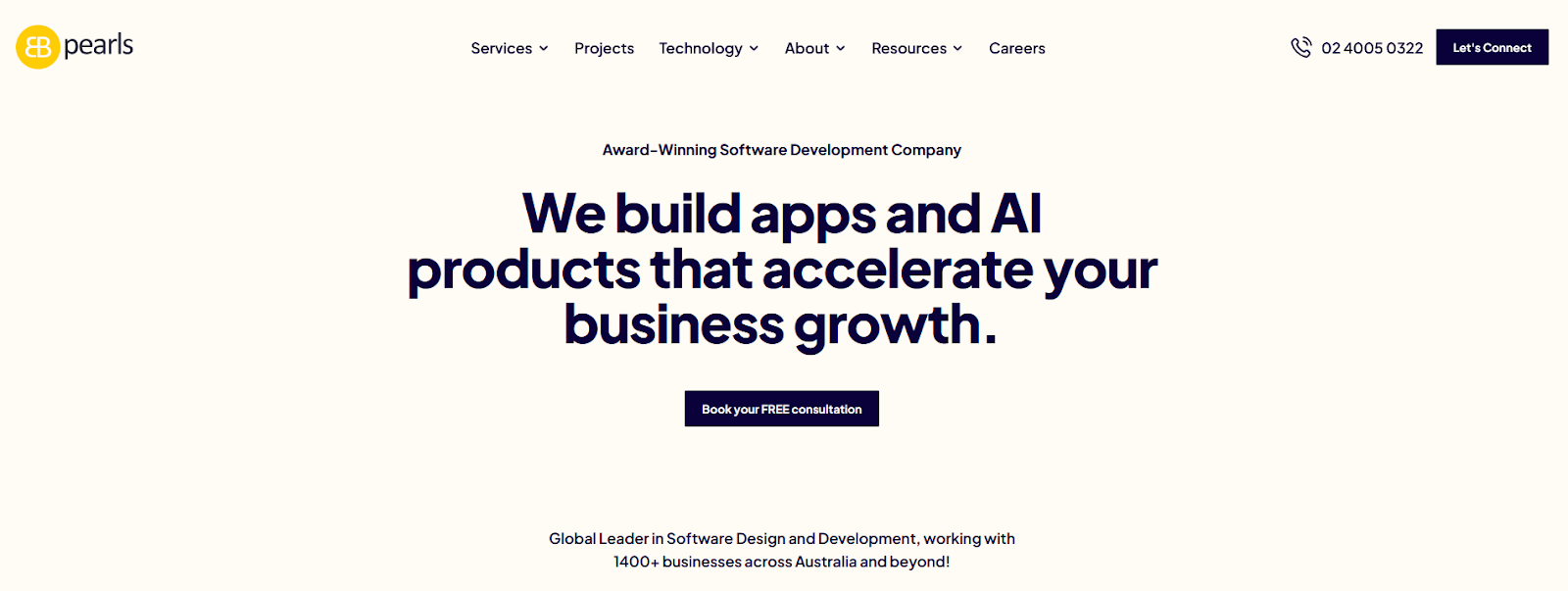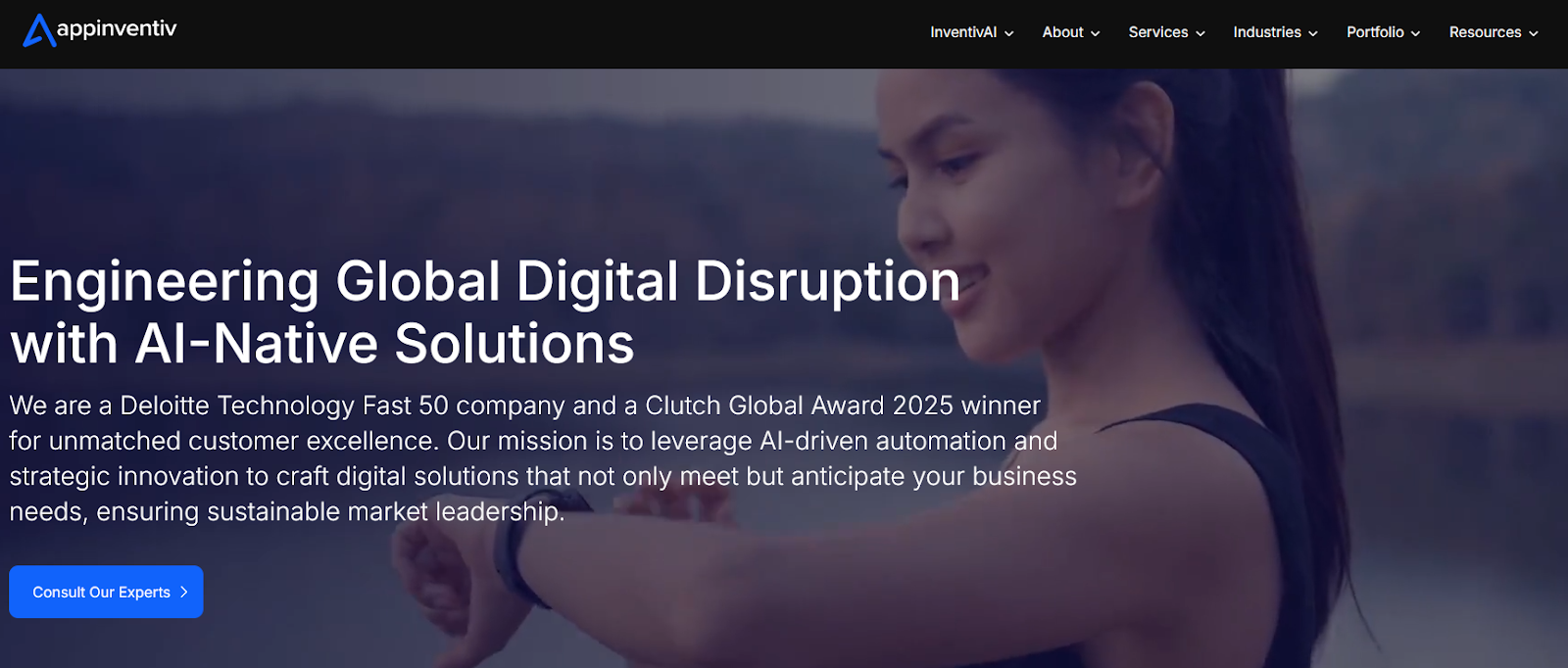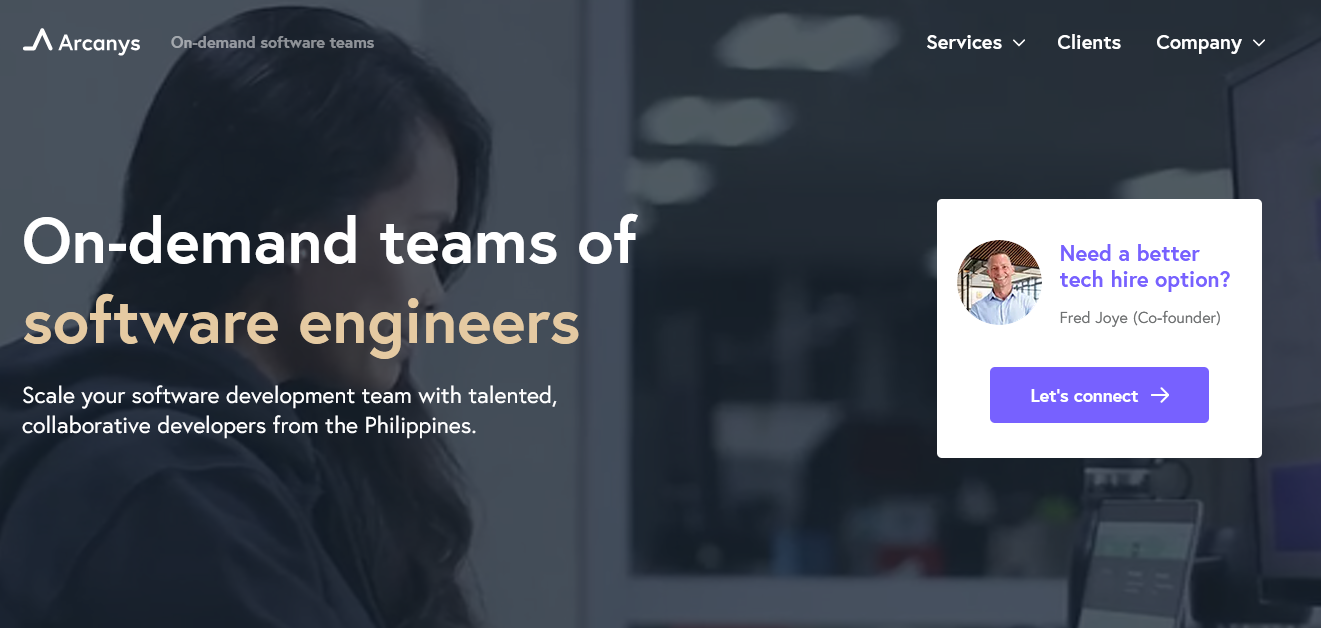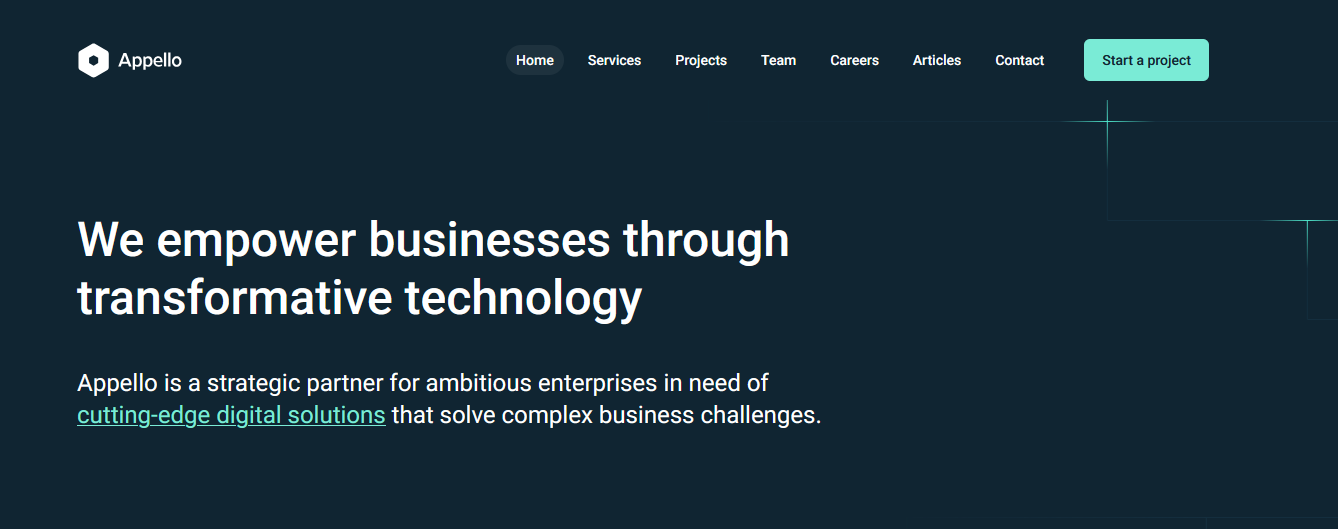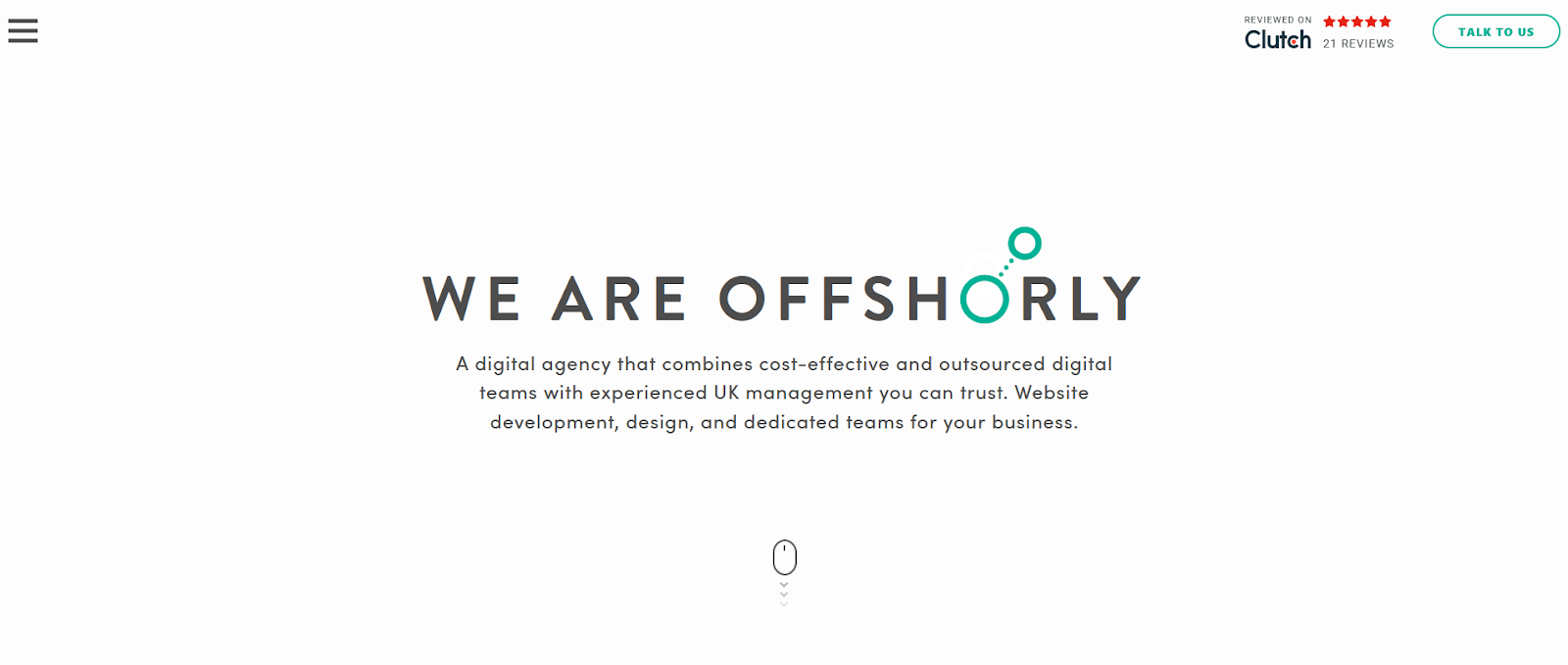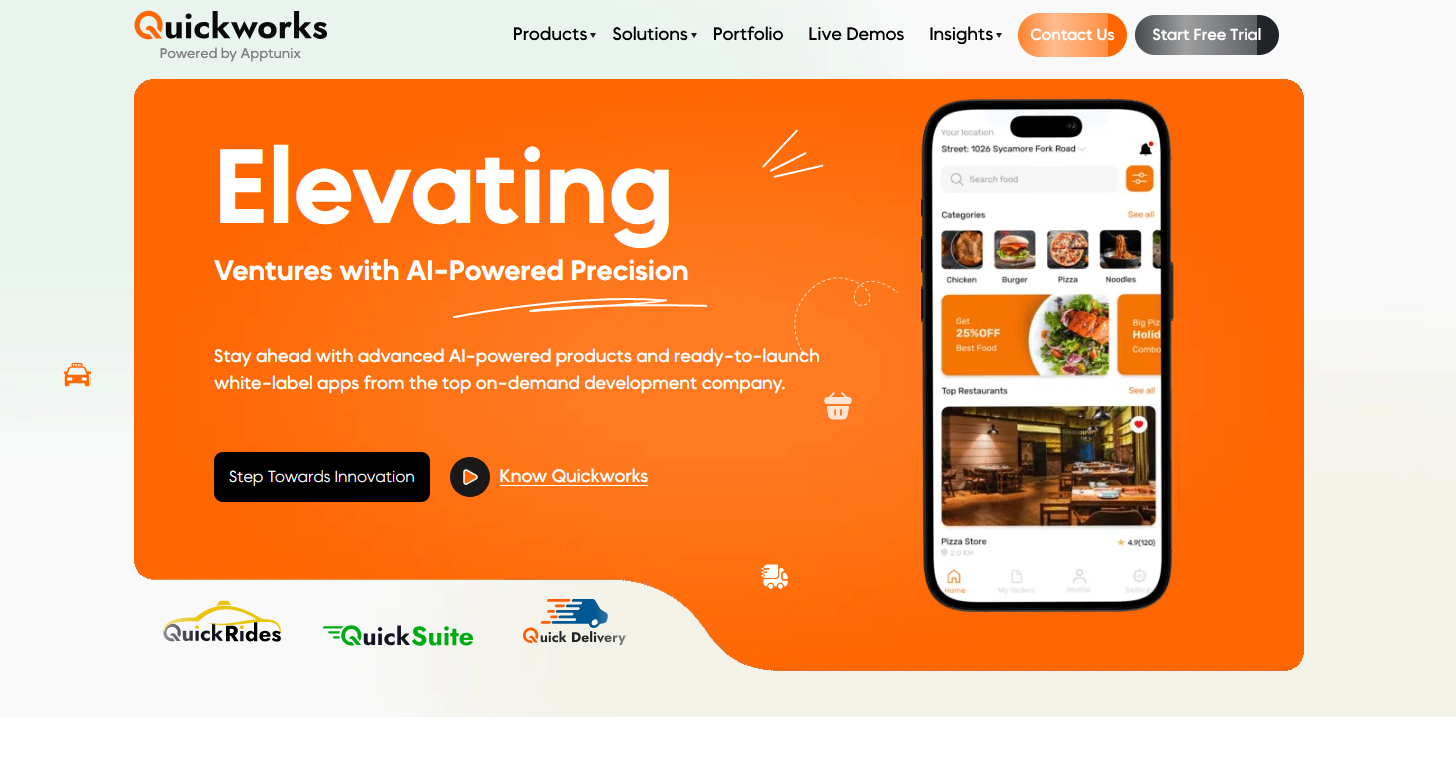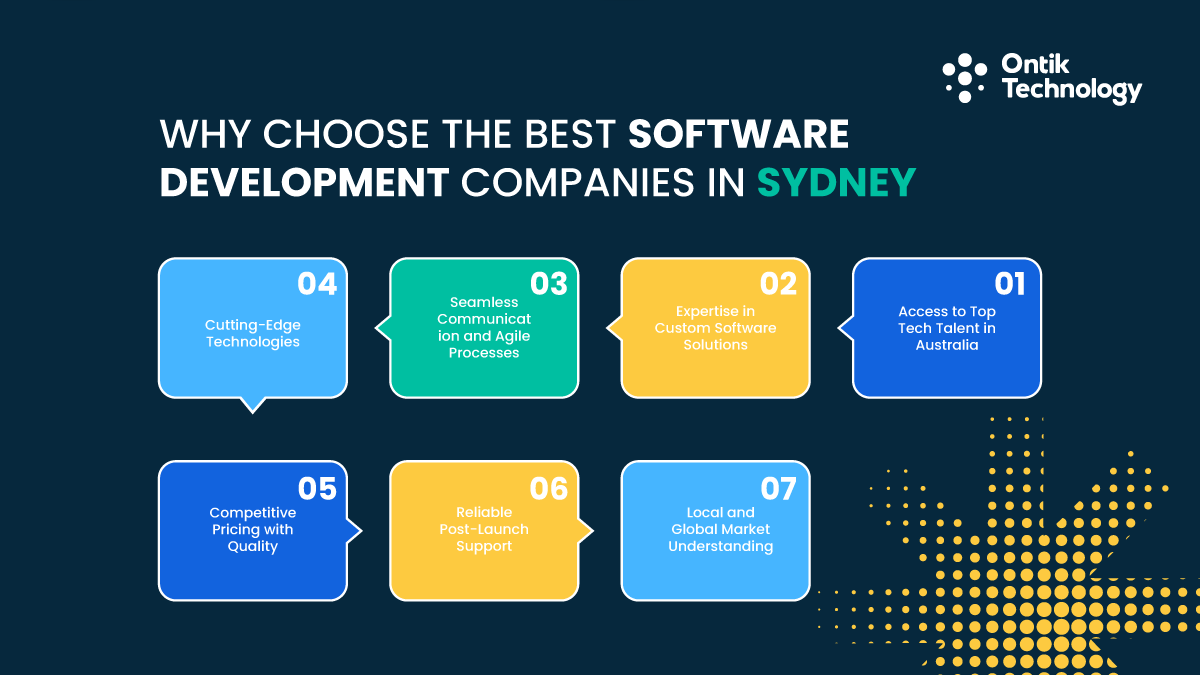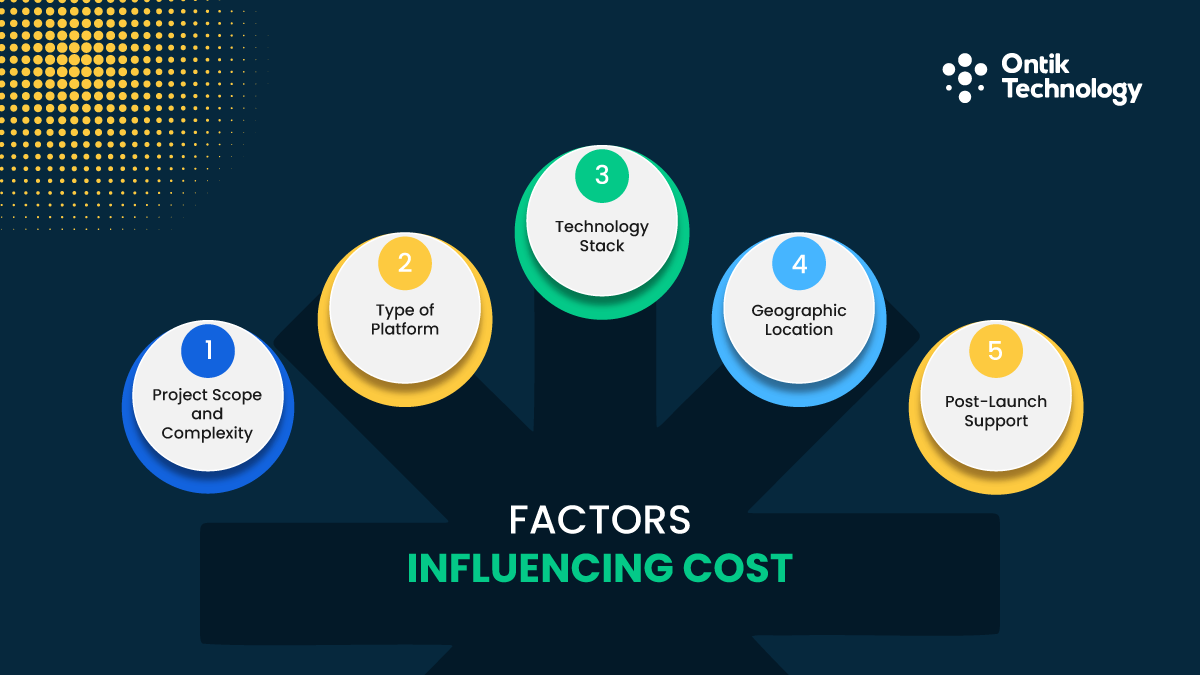Outsource AI MVP Development: A Strategic Guide for Startups in 2025

You have a brilliant ai idea. Building it in-house will drain your runway before you validate anything. Here's the reality. Hiring AI talent takes months. Building infrastructure costs a fortune. Testing your concept eats up cash you don't have. Meanwhile, competitors move faster.
Outsourcing ai mvp development changes the game. You get specialized talent immediately. You launch in weeks, not months. Your team stays focused on growth while experts handle the technical heavy lifting.
This step-by-step guide shows you how to outsource mvp development smartly. You'll learn what makes mvps different, how to choose the right partner, and how to measure success. Let's build an mvp the strategic way with proven MVP development services.
What is an AI MVP and Why Startups Need It
An ai mvp is your product idea stripped down to its core intelligence. It's a minimum viable product designed to prove your AI solves a real problem. Not a polished product. Just enough functionality to test assumptions with actual users. You validate fast, learn fast, and avoid building features nobody wants. This approach lets you validate your ai concept before committing major resources.
Traditional mvps focus on features. Ai mvps focus on data plus ai model performance. You need quality training data from day one. Your ai model must deliver value even if accuracy isn't perfect yet. Continuous testing refines predictions over time. This is where AI & Machine Learning expertise becomes crucial.
AI MVP development is inherently iterative. The initial model will require retraining after launch using real-time data until performance warrants scaling. Many founders underestimate this, treating AI like standard software. AI product success hinges on data quality and model accuracy; without both, algorithms fail in production.
Validation simultaneously tests three essentials: data quality, real-world model effectiveness, and user desire for the solution. This provides crucial answers for any AI startup with limited resources before full development consumes the budget.
How to Outsource AI MVP Development: Complete Step-by-Step Process
Outsourcing mvp development follows a structured development process. Each step builds on the previous one, reducing risk and increasing success probability. Here's the complete roadmap from concept to product launch in 2025:
Following this structured approach transforms ai mvp development from overwhelming to manageable. Each phase builds momentum toward launch while minimizing costly mistakes. With the right partner executing this roadmap, you'll move from concept to validated product in months, not years.
Why Startups Choose Ontik Technology for AI MVP Development
Finding a partner that checks every box is rare. Finding one that exceeds expectations? Even rarer.
Ontik Technology has spent over 9 years helping startups transform AI ideas into market-ready products. With 350+ businesses trusting them globally, they've built a track record that speaks louder than marketing promises. As a leading ai mvp development company, they specialize in startup mvp development that accelerates time to market in 2025.
What Sets Ontik Technology Apart
Proven AI & ML Expertise
Ontik specializes in custom mvp development ai using modern frameworks like TensorFlow and PyTorch. They deliver solutions across predictive analytics, business automation, and intelligent systems that scale with your business.
Startup-Ready Speed
Ontik sets up complete development teams in just 2 weeks versus the industry standard of 6-8 weeks. Chippit went from concept to a trending Google Play app in 3 months. Fitmate launched their revenue-generating mvp ai in the same timeframe.
Flexible Engagement Models
Ontik offers both team augmentation and complete mvp development. Need three engineers now and ten next quarter? They scale instantly. Whether you need to hire mvp developers or hire mvp ai developers, they provide the right talent with proven ai capabilities.
Cost-Effective Without Compromise
Ontik delivers enterprise-grade solutions at startup-friendly rates (averaging under $25/hour). You get experienced ML engineers and data scientists without the $200K+ salaries.
Modern Technical Stack
They work with ML frameworks (TensorFlow, PyTorch, Hugging Face), cloud platforms (AWS, Google Cloud, Azure), and modern MLOps practices. From web development to mobile app development, they cover the full technology stack.
Real Startup Success Stories
"Ontik Technology set up our full development team in just 2 weeks! It takes other agencies more than 5 times as long. We're already on track to finish our development after just a few months." - Eli Muse, Founder and CEO of Chippit
"In 3 months they turned our idea into a complete Unicorn-worthy software." - Daniel Wight, Co-founder of Fitmate
When Ontik Technology Makes Sense
Ontik works particularly well when you need:
- Rapid validation without long hiring cycles
- AI expertise you don't have in-house
- Flexible scaling as you learn from users
- Cost efficiency to extend runway
- Modern infrastructure from day one
Ready to turn your ai idea into reality? Book a meeting with Ontik Technology to discuss your ai mvp development.
Here's the shortened version at exactly 300 words with lists and internal links intact:
Why Outsource AI MVP Development: 7 Strategic Benefits
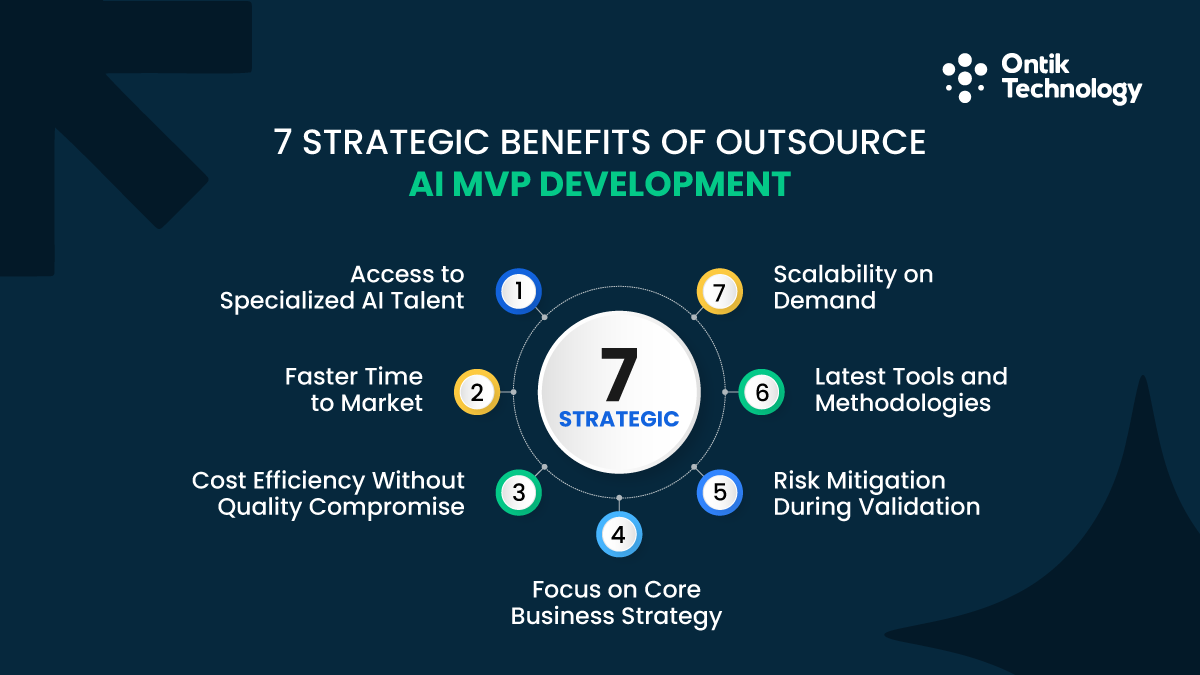
Outsourcing your ai mvp gives you speed, expertise, and flexibility that in-house teams can't match. For startups mvp development, outsourcing offers distinct advantages in 2025.
1. Access to Specialized AI Talent
AI engineers are scarce. Data scientists with domain expertise? Nearly impossible to find. Outsourcing connects you with teams who've built ai-powered products before. When you hire mvp developers, you skip the six-month hiring marathon and get battle-tested experts immediately.
2. Faster Time to Market
Outsourced teams start building your mvp today. What takes an in-house team nine months takes them four. You validate faster and learn while competitors are still recruiting.
3. Cost Efficiency Without Quality Compromise
Building in-house costs $200K+ per senior ML engineer yearly. Outsourcing delivers equivalent expertise for much less, avoiding recruitment fees, office costs, and licensing headaches.
4. Focus on Core Business Strategy
Your job is finding product-market fit, not managing developers. Outsource mvp development to focus on customers and partnerships while experts build ai.
5. Risk Mitigation During Validation
Most AI ideas fail when meeting real users. Outsourcing reduces financial exposure. If your hypothesis collapses, you pivot without expensive full-time hires.
6. Latest Tools and Methodologies
AI evolves monthly. Outsourced teams stay current with:
- Latest optimization techniques
- Deployment strategies
- Cutting-edge platforms (GPT-4, Claude)
7. Scalability on Demand
Your mvp ai needs three engineers today, maybe ten next month. A dedicated development team model provides instant flexibility.
What's your take on outsourcing MVP development?
Outsource mvp development makes sense when speed and specialized skills outweigh having everyone in-house. However, partner selection matters. Look for proven AI experience, transparent communication, and a solid track record. The right ai mvp development agency becomes your extended engineering arm, demonstrating effective use of ai across industries.
AI MVP Development Challenges: Why In-House Building Fails Startups
Building ai mvps in-house sounds appealing until reality hits. AI challenges are more complex, expensive, and unpredictable than traditional software. Here are the critical risks for startups:
Data Quality and Preparation Requirements
AI training requires months collecting and cleaning labeled datasets. Data preparation consumes 60% of project time and demands specialized skills for robust pipelines. Without proper infrastructure, you're training on garbage. This is where custom mvp development expertise becomes invaluable.
Model Selection and Experimentation Complexity
Choosing the right ai model requires deep expertise. Pre-trained or custom? Which architecture? Wrong choices waste months and thousands. Ai mvp development demands constant experimentation that inexperienced teams struggle to manage.
Infrastructure and Technical Debt
AI infrastructure is expensive:
- Compute for training
- Storage for datasets
- Monitoring for deployed models
- Version control for experiments
Rushing creates technical debt fast. Poor early decisions make scaling painful. Proper cloud solutions from the start prevent these scalability nightmares.
The Market Fit Problem
42% of AI startups fail from lack of market demand in 2025. They build sophisticated models nobody wants while ignoring validation. This is where ai for mvp development expertise makes the difference. Knowing how to build an ai mvp that addresses real market demand is crucial.
AI Talent Shortage Crisis
Experienced ML engineers are rare. Competition is brutal, salaries skyrocketing. Even if you hire mvp ai developers, they need support. One engineer can't handle everything alone. Building a team takes a year minimum.
How Outsourcing Solves These Challenges
You get teams with:
- Proven data pipelines
- Model selection expertise from dozens of projects
- Production-ready infrastructure
- Frameworks for rapid validation
Most importantly, they've made expensive mistakes on someone else's budget. Their ai-driven approach optimizes every stage of developing an ai mvp.
How to Successfully Outsource AI MVP Development: Key Components
Successful ai mvp development outsourcing requires strategy, clear requirements, and the right collaboration approach. Understanding the mvp development process ensures smooth execution.
These essential components determine outsourcing success:
Define Clear Problem Statements and Success Criteria
Vague requirements kill ai projects. Articulate the exact problem your AI solves: Who experiences it? How? What does success look like quantitatively? Start with specific use cases and measurable outcomes. "Reduce customer support response time by 40%" beats "improve customer service." Specific targets guide development and measure progress objectively. This clarity helps you validate assumptions early.
Develop Your Data Strategy Early
Determine:
- Data sources and collection methods
- Quality assurance processes
- Privacy and compliance requirements
- Labeling standards, ownership, and verification
Your outsourcing partner should help design this strategy, not just execute it. Poor planning derails projects when you realize data is insufficient. Whether building an mvp chatbot or complex ai product, data strategy comes first. Understanding how to use ai effectively starts with quality data.
Choose Your Model Selection Approach
Pre-trained models are faster and cheaper for common problems like image recognition, text analysis, or natural language processing. Custom models offer better performance for unique use cases but cost more. Your partner should recommend the right approach and explain tradeoffs clearly. Beware of partners who always push custom solutions. Sometimes simple wins. Knowing when to use ai pre-built solutions versus custom models is key. Natural language understanding, for instance, often benefits from pre-trained models. For complex requirements, custom software development ensures your solution fits perfectly.
Integrate Human-in-the-Loop from the Start
Human-in-the-loop means people review or override AI decisions when confidence is low, catching errors before they reach users. This generates valuable user feedback for improving models. Design workflows combining AI speed with human judgment. Your team should integrate review systems into the mvp ai to prevent failures and build user trust. This approach ensures effective ai deployment and better user experience. Thoughtful UI/UX design makes these review workflows intuitive for your team.
Prioritize Features Ruthlessly
Use MoSCoW to categorize features: Must have, Should have, Could have, Will not have. Focus obsessively on "must have" ai features proving your core value proposition. Good partners push back on feature creep, keeping scope tight and delivery fast. Partners who say yes to everything deliver late and over budget. This discipline is essential for viable ai products. Focus on developing an ai mvp that proves the core concept first.
Build Feedback Loops Into Development
Design regular testing and feedback cycles:
- Weekly demos
- User testing sessions
- Performance reviews
- Structured check-ins and reporting
- Easy communication channels
These loops keep development aligned with your evolving understanding of user needs. Whether you're working with an mvp app builder or custom development company, feedback drives success. Regular real-time adjustments based on data prevent costly mistakes. User feedback from these cycles improves the user experience continuously.
How to Select an AI MVP Development Partner: 6 Critical Selection Factors
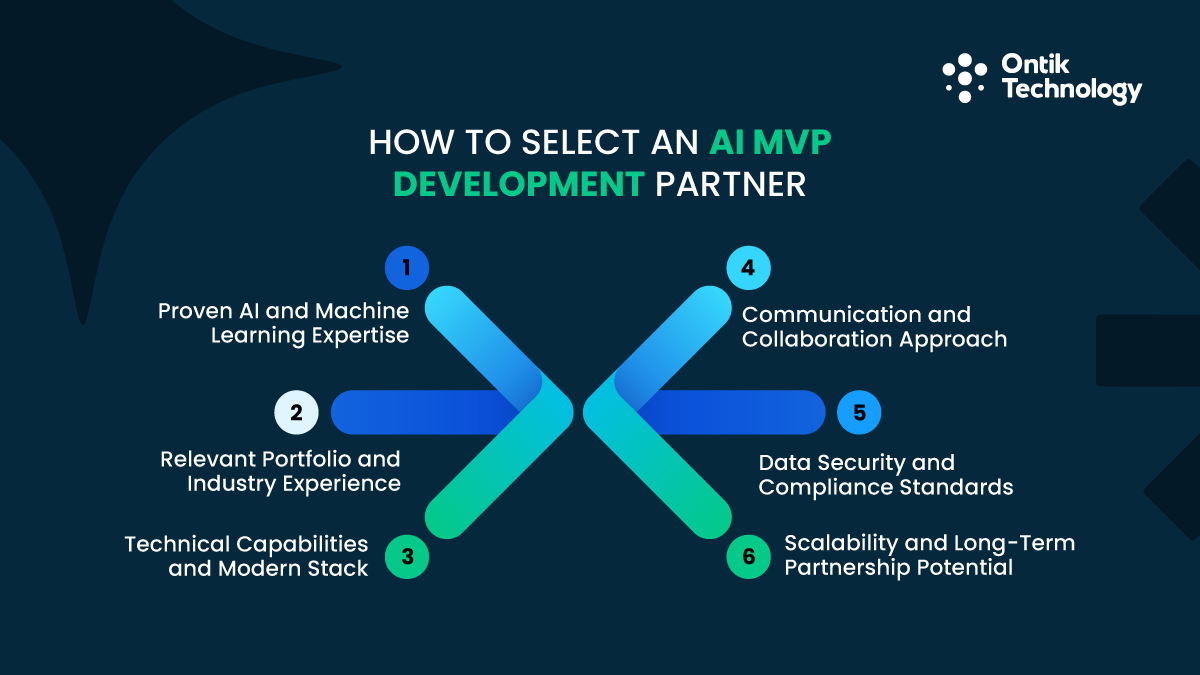
The wrong partner wastes money and time you can't afford. The right partner accelerates everything and becomes a strategic asset.
1. Proven AI and Machine Learning Expertise
Generic software developers can't build AI products effectively. Look for:
- Team with data scientists, ML engineers, and AI architects
- Technical blog posts or open-source contributions
- Specific project details: models built, accuracy achieved, challenges overcome
Detailed answers reveal genuine experience. Vague answers mean they're learning on your dime. When evaluating ai mvp development services, technical depth matters. Look for teams that understand machine learning fundamentals and can ai to build solutions from scratch.
2. Relevant Portfolio and Industry Experience
Review case studies similar to your project. Industry experience accelerates development by anticipating problems. Ask for references from previous clients. Talk to founders about delivery timelines, communication, and product performance. References reveal what marketing materials hide. Look for experience with custom mvp development ai in your sector and proven development strategies that work.
3. Technical Capabilities and Modern Stack
Verify they use:
- Modern ML frameworks (TensorFlow, PyTorch, Hugging Face)
- Cloud platforms (AWS, Google Cloud, Azure)
- MLOps practices for deployment and monitoring
- Strong data engineering capabilities for robust pipelines
Strong data engineering separates successful AI projects from failed ones. The right mvp development service includes comprehensive technical capabilities. They should know how to integrate various ai tools and platforms seamlessly.
4. Communication and Collaboration Approach
Technical skill means nothing without clear communication. Evaluate how they explain complex concepts (jargon or plain language?). Test responsiveness during sales. Slow, vague responses now predict problems later. Good communication accelerates project completion.
5. Data Security and Compliance Standards
Verify security practices:
- Data protection and encryption standards
- Access control management
- Data storage location
- Compliance certifications (GDPR, HIPAA)
- Ability to sign data processing agreements
This is vital for healthcare, finance, and other sensitive sectors. Compliance failures create legal nightmares in 2025's regulatory environment.
6. Scalability and Long-Term Partnership Potential
Your mvp in ai will evolve into a full product. Choose partners who can:
- Scale team size as needed
- Handle increasing complexity
- Provide ongoing maintenance and improvements
Switching partners late disrupts momentum and loses accumulated knowledge. Look for partners interested in long-term relationships, not just transactions. Their reputation depends on your growth, creating better outcomes.
Cost Considerations: Outsourcing AI MVP Development Budget Guide
Money talks, especially when your runway is short.
Ai mvp costs vary wildly based on complexity, data requirements, and timeline. Understanding the breakdown helps you budget realistically and avoid expensive surprises.
AI MVP Development Cost: What to Expect When Outsourcing
Most ai mvp development projects cost between $30,000 and $150,000. Simple projects with pre-trained models hit the lower end. Complex custom models with extensive data engineering push higher. Your specific cost depends on four factors:
Additionally, factor in ongoing costs post-launch. Model monitoring runs $2K-$5K monthly. Retraining and improvements add another $3K-$8K monthly depending on data volume and frequency. These costs ensure your ai-powered solution stays current in 2025.
Hidden costs hurt startups most. Budget 15-20% extra for data quality issues, scope adjustments, and unexpected technical challenges. Teams that skip this buffer run out of money before launch.
Compare this to in-house development. A minimal AI team (one ML engineer, one data scientist, one data engineer) costs $450K+ yearly in salaries alone. Add infrastructure, ai tools, and benefits, and you're approaching $600K before writing code. Outsource mvp development delivers your product for a fraction of that burn rate. This is especially crucial for any ai-startup-with-limited-resources operating in 2025's competitive market.
Best Practices and Common Pitfalls to Avoid
Smart outsourcing separates successful launches from expensive failures. Here are the best practices that work and the mistakes that cost startups their runway:
Outsourcing AI MVP Development: Mistakes to Avoid and Best Practices
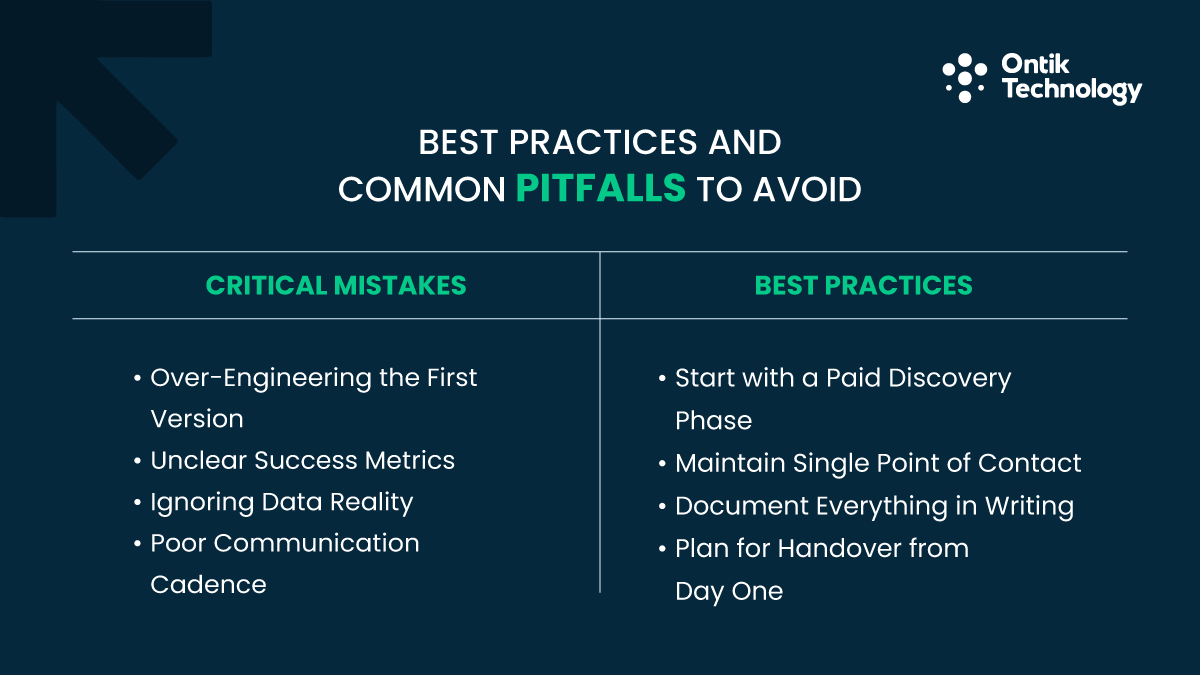
Critical Mistakes That Kill Projects:
Over-Engineering the First Version – Startups delay launch by months chasing perfection while competitors ship and capture users. Ship the minimum viable product that proves value, then iterate based on real user feedback. Whether building an mvp chatbot or complex system, simplicity wins initially.
Unclear Success Metrics – "Make it work better" isn't a metric. "Achieve 85% accuracy with 90% user experience score" is. Define exact numbers: accuracy thresholds, response times, user satisfaction scores.
Ignoring Data Reality – Many startups discover their data is garbage midway through development. Audit your data before development starts. If it's insufficient, factor collection time into your timeline. This prevents wasted development time.
Poor Communication Cadence – Establish daily standups for critical phases and weekly demos always. Frequent touchpoints catch misalignment early when fixes are cheap. Real-time communication prevents surprises.
Treating Partners Like Order-Takers – The best relationships are collaborative. Listen when partners push back on unrealistic requests. Their experience prevents expensive mistakes and can accelerate progress.
Proven Best Practices:
- Start with a Paid Discovery Phase – Invest $5K-$10K in a 2-week sprint to validate feasibility and surface data issues. It's the cheapest insurance against project failure.
- Maintain Single Point of Contact – Designate one person as the primary liaison. Multiple stakeholders create chaos.
- Document Everything in Writing – Written records prevent misunderstandings and scope creep.
- Plan for Handover from Day One – Ensure documentation, code quality, and knowledge transfer are built into the contract. This applies whether building a mobile app or web platform.
Key Metrics and Industry Applications: Measuring Success Across Use Cases
Numbers don't lie. Track the right metrics and you'll know if your mvp ai works before running out of runway.
What to Measure When You Outsource AI MVP Development
Technical Metrics:
- Model Accuracy/Precision – Track accuracy for classification, RMSE for regression, or F1 score for imbalanced datasets. These metrics determine if your ai model performs as expected.
- Response Time – Target under 2 seconds for most applications. Speed affects user experience directly.
- System Uptime – Aim for 99.5%+ uptime during validation. Real-time availability matters.
Business Metrics:
- User Engagement Rate – Track daily/weekly active users. This shows if people use ai features.
- Task Completion Rate – Drops indicate friction or poor user experience.
- User Retention – Reveals if your ai product delivers lasting value.
- Cost Per Prediction – Determines economic viability at scale.
Set metric targets before launch. "Achieve 80% accuracy with 90% user satisfaction" gives you clear validation criteria. This applies whether you're using ai tools with an mvp app builder or custom development services. Regular analytics monitoring ensures you stay on track. Business intelligence and analytics capabilities help you track these metrics effectively.
Top Industries Benefiting from AI MVP Outsourcing
Healthcare – Diagnostic tools reduce diagnosis time by 60%. Outsourcing ai mvp development handles HIPAA compliance while accelerating clinical trials. Ai-powered diagnostics transform patient care.
E-commerce – Personalized recommendations increase conversion rates by 30%. Ai mvp development services deliver systems in months versus years. Automation of product recommendations drives revenue. Modern Web 3.0 and blockchain development can add decentralized features to e-commerce platforms.
Finance – AI processes transactions 10x faster while catching fraud patterns humans miss. Outsource mvp development provides secure data handling expertise. Ai-driven fraud detection protects customers.
Customer Service – AI reduces response time by 50% and handles 70% of routine queries. Mvp app builder solutions and custom development build these ai-powered systems without hiring specialized NLP engineers. Automate routine inquiries to free human agents for complex issues.
Strong outsourcing partners bring industry experience, avoiding mistakes that cost months and money. They understand mvp using ai for software development across various sectors and can automate processes effectively.
Conclusion and Next Steps
You have the roadmap. Now execute. Outsourcing AI MVP development is a smart strategy to work efficiently with limited resources. It grants immediate specialized expertise, accelerates validation, and preserves funds for achieving product-market fit.
Winning startups move decisively: they define problems, select experienced partners, and launch imperfect MVPs to users. They measure rigorously, pivoting based on data. Your next step: document your AI use case, define success metrics, research partners using this guide's criteria, and schedule discovery calls with your top three choices. The market demands speed; competitors are shipping. Don't wait to build an in-house team. Start outsourcing today.




